US Airways 2005 Annual Report Download - page 16
Download and view the complete annual report
Please find page 16 of the 2005 US Airways annual report below. You can navigate through the pages in the report by either clicking on the pages listed below, or by using the keyword search tool below to find specific information within the annual report.-
 1
1 -
 2
2 -
 3
3 -
 4
4 -
 5
5 -
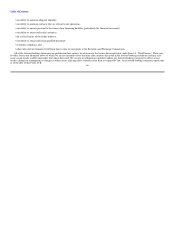 6
6 -
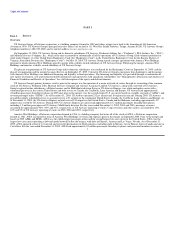 7
7 -
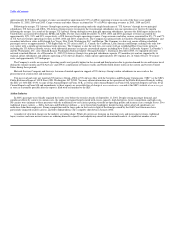 8
8 -
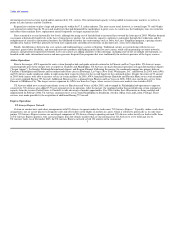 9
9 -
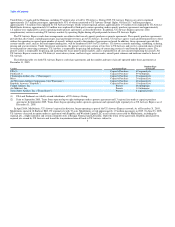 10
10 -
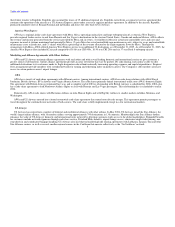 11
11 -
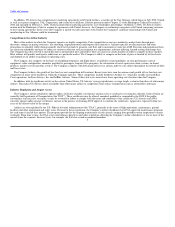 12
12 -
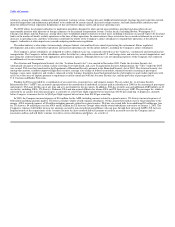 13
13 -
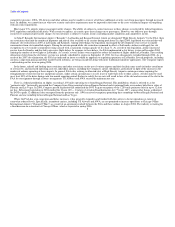 14
14 -
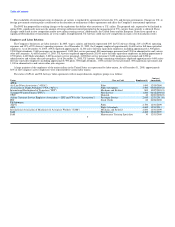 15
15 -
 16
16 -
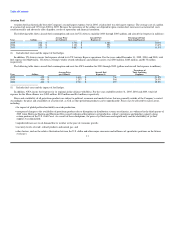 17
17 -
 18
18 -
 19
19 -
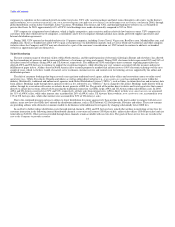 20
20 -
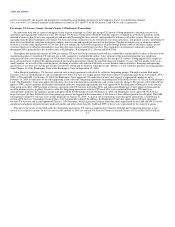 21
21 -
 22
22 -
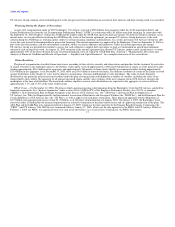 23
23 -
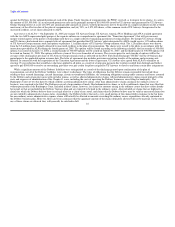 24
24 -
 25
25 -
 26
26 -
 27
27 -
 28
28 -
 29
29 -
 30
30 -
 31
31 -
 32
32 -
 33
33 -
 34
34 -
 35
35 -
 36
36 -
 37
37 -
 38
38 -
 39
39 -
 40
40 -
 41
41 -
 42
42 -
 43
43 -
 44
44 -
 45
45 -
 46
46 -
 47
47 -
 48
48 -
 49
49 -
 50
50 -
 51
51 -
 52
52 -
 53
53 -
 54
54 -
 55
55 -
 56
56 -
 57
57 -
 58
58 -
 59
59 -
 60
60 -
 61
61 -
 62
62 -
 63
63 -
 64
64 -
 65
65 -
 66
66 -
 67
67 -
 68
68 -
 69
69 -
 70
70 -
 71
71 -
 72
72 -
 73
73 -
 74
74 -
 75
75 -
 76
76 -
 77
77 -
 78
78 -
 79
79 -
 80
80 -
 81
81 -
 82
82 -
 83
83 -
 84
84 -
 85
85 -
 86
86 -
 87
87 -
 88
88 -
 89
89 -
 90
90 -
 91
91 -
 92
92 -
 93
93 -
 94
94 -
 95
95 -
 96
96 -
 97
97 -
 98
98 -
 99
99 -
 100
100 -
 101
101 -
 102
102 -
 103
103 -
 104
104 -
 105
105 -
 106
106 -
 107
107 -
 108
108 -
 109
109 -
 110
110 -
 111
111 -
 112
112 -
 113
113 -
 114
114 -
 115
115 -
 116
116 -
 117
117 -
 118
118 -
 119
119 -
 120
120 -
 121
121 -
 122
122 -
 123
123 -
 124
124 -
 125
125 -
 126
126 -
 127
127 -
 128
128 -
 129
129 -
 130
130 -
 131
131 -
 132
132 -
 133
133 -
 134
134 -
 135
135 -
 136
136 -
 137
137 -
 138
138 -
 139
139 -
 140
140 -
 141
141 -
 142
142 -
 143
143 -
 144
144 -
 145
145 -
 146
146 -
 147
147 -
 148
148 -
 149
149 -
 150
150 -
 151
151 -
 152
152 -
 153
153 -
 154
154 -
 155
155 -
 156
156 -
 157
157 -
 158
158 -
 159
159 -
 160
160 -
 161
161 -
 162
162 -
 163
163 -
 164
164 -
 165
165 -
 166
166 -
 167
167 -
 168
168 -
 169
169 -
 170
170 -
 171
171 -
 172
172 -
 173
173 -
 174
174 -
 175
175 -
 176
176 -
 177
177 -
 178
178 -
 179
179 -
 180
180 -
 181
181 -
 182
182 -
 183
183 -
 184
184 -
 185
185 -
 186
186 -
 187
187 -
 188
188 -
 189
189 -
 190
190 -
 191
191 -
 192
192 -
 193
193 -
 194
194 -
 195
195 -
 196
196 -
 197
197 -
 198
198 -
 199
199 -
 200
200 -
 201
201 -
 202
202 -
 203
203 -
 204
204 -
 205
205 -
 206
206 -
 207
207 -
 208
208 -
 209
209 -
 210
210 -
 211
211 -
 212
212 -
 213
213 -
 214
214 -
 215
215 -
 216
216 -
 217
217 -
 218
218 -
 219
219 -
 220
220 -
 221
221 -
 222
222 -
 223
223 -
 224
224 -
 225
225 -
 226
226 -
 227
227 -
 228
228 -
 229
229 -
 230
230 -
 231
231 -
 232
232 -
 233
233 -
 234
234 -
 235
235 -
 236
236 -
 237
237 -
 238
238 -
 239
239 -
 240
240 -
 241
241 -
 242
242 -
 243
243 -
 244
244 -
 245
245 -
 246
246 -
 247
247 -
 248
248 -
 249
249 -
 250
250 -
 251
251 -
 252
252 -
 253
253 -
 254
254 -
 255
255 -
 256
256 -
 257
257 -
 258
258 -
 259
259 -
 260
260 -
 261
261 -
 262
262 -
 263
263 -
 264
264 -
 265
265 -
 266
266 -
 267
267 -
 268
268 -
 269
269 -
 270
270 -
 271
271 -
 272
272 -
 273
273 -
 274
274 -
 275
275 -
 276
276 -
 277
277 -
 278
278 -
 279
279 -
 280
280 -
 281
281 -
 282
282 -
 283
283 -
 284
284 -
 285
285 -
 286
286 -
 287
287 -
 288
288 -
 289
289 -
 290
290 -
 291
291 -
 292
292 -
 293
293 -
 294
294 -
 295
295 -
 296
296 -
 297
297 -
 298
298 -
 299
299 -
 300
300 -
 301
301 -
 302
302 -
 303
303 -
 304
304 -
 305
305 -
 306
306 -
 307
307 -
 308
308 -
 309
309 -
 310
310 -
 311
311 -
 312
312 -
 313
313 -
 314
314 -
 315
315 -
 316
316 -
 317
317 -
 318
318 -
 319
319 -
 320
320 -
 321
321 -
 322
322 -
 323
323
 |
 |

Table of Contents
Contract
Union Class or Craft Employees(1) Amendable
The Association Passenger Service 3,800 12/31/2011(6)
TWU Dispatch 130 12/31/2009
TWU Flight Simulator Engineers 25 12/31/2011
TWU Flight Crew Training Instructors 50 12/31/2011
(1) Approximate number of active full time equivalent employees covered by the contract as of December 31, 2005.
(2) In contract negotiations. On September 21, 2005, AFA filed for mediation with the National Mediation Board ("NMB"). On December 15, 2005, the
NMB recessed the negotiations indefinitely.
(3) In contract negotiations.
(4) In contract negotiations. On January 19, 2006, TWU filed for mediation with the NMB.
(5) On February 17, 2006, TWU served notice that it is invoking a contract provision that allows it to re-open negotiations only on the issues of wage rates
and hours of service as a result of changes to AWA's loan formerly guaranteed by the ATSB.
(6) On December 5, 2005, US Airways and AWA reached an Interim Transition Agreement with the Association, an alliance created by the IBT, who
formerly represented passenger service employees at AWA, and the Communication Workers of America ("CWA"), who formerly represented
passenger service employees at US Airways. Pursuant to the Interim Transition Agreement, US Airways and AWA voluntarily recognized the
Association as the collective bargaining representative of the AWA and US Airways passenger service employees. The parties agreed that AWA
passenger service employees would transition to the US Airways-CWA collective bargaining agreement and thus AWA's separate contract negotiations
with IBT were terminated.
Since the merger, the Company has been in the process of integrating the labor unions of its two principal airline subsidiaries. On September 23, 2005,
US Airways and AWA reached a Transition Agreement with ALPA governing many merger-related aspects of the parties' relationship until there is a single
collective bargaining agreement covering all pilots. US Airways and AWA currently are negotiating the single collective bargaining agreement with ALPA.
On December 5, 2005, US Airways and AWA reached an Interim Transition Agreement with the Association as described above in note (5). US Airways
and AWA currently are negotiating rules to transition the AWA passenger service employees to the US Airways-CWA collective bargaining agreement.
On January 18, 2006, US Airways and AWA reached a transition agreement with AFA governing many merger-related aspects of the parties' relationship
until there is a single collective bargaining agreement covering all flight attendants. US Airways and AWA currently are negotiating the single collective
bargaining agreement with AFA.
On January 30, 2006, the NMB issued a finding that US Airways and AWA are a single transportation system for representation purposes for mechanics
and related employees, fleet service personnel and maintenance training specialists.
Although there are few remaining employee groups who could engage in organization efforts, we cannot predict the outcome of any future efforts to
organize those remaining employees or the terms of any future labor agreements or the effect, if any, on US Airways' or AWA's operations or financial
performance. For more discussion, see Item 1A "Risk Factors — Risk Factors Relating to the Company and Industry Related Risks — Union disputes,
employee strikes and other labor-related disruptions may adversely affect our operations."
10
